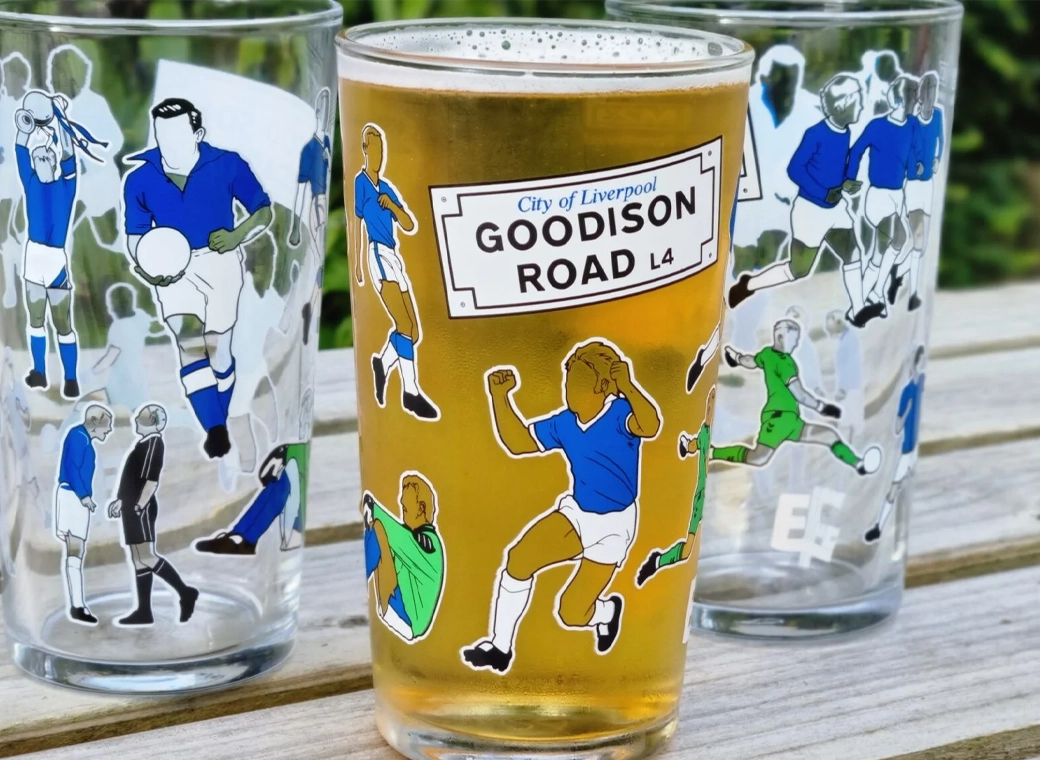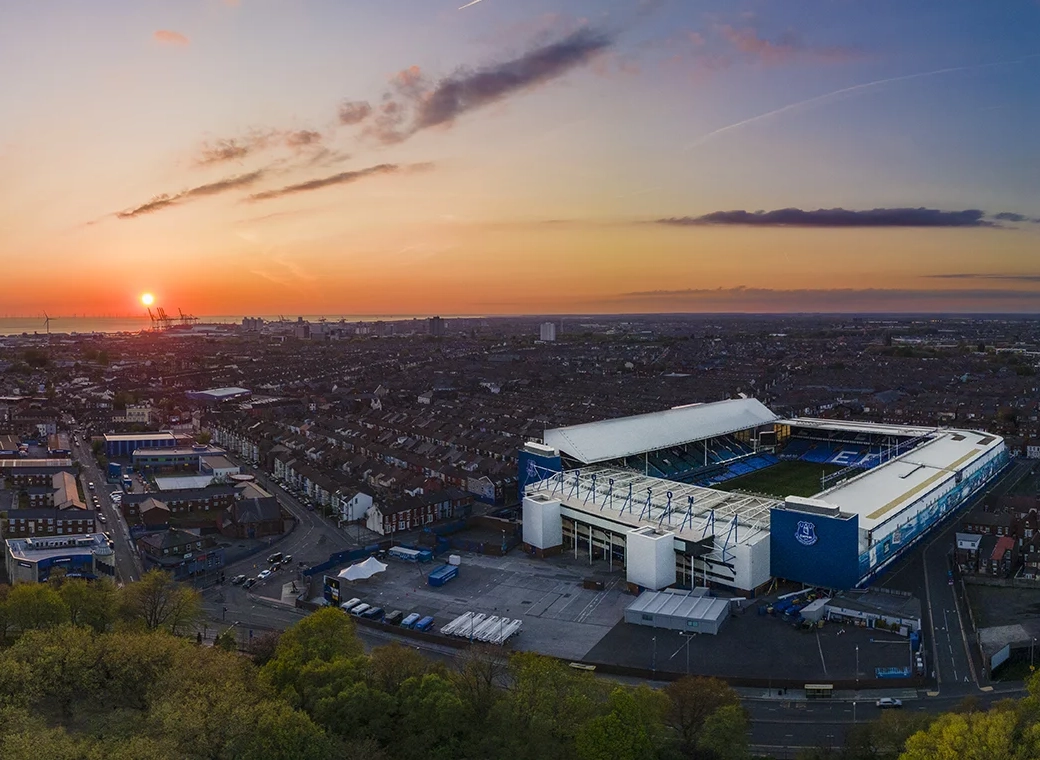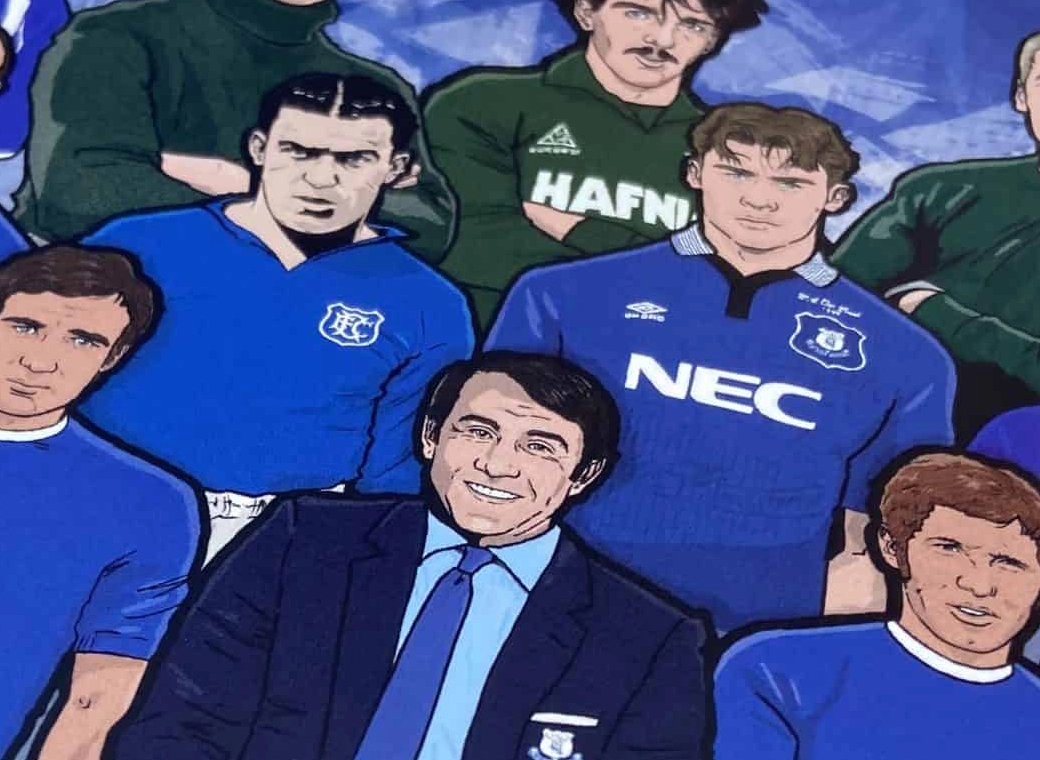Anyway, for my fans, heres a little thing I threw together while high on the effects of Gravy.
From now I will be calling him Sean Gravy, for some reason he just reminds me of Bisto.
Background
Dyche’s managerial experiences began in the Championship and many would argue this proved pivotal in shaping his approach. The ability to set a team up with the capability of beating the best is enviable to say the least, something he regularly achieved at Watford between 2011 and 2012.
Beating the likes of Brighton, Middlesbrough and current side Burnley were impressive results. Not only because all of the trio were significantly higher in the league table at the time, but regularity showed they were no fluke either. Inconsistent form and the club’s new ownership regime meant his contract with the Hornets was terminated in the summer of 2012. Having exceeded expectations and led the club to their highest league position despite having a limited transfer budget meant his departure was surprising, but it spurred him on to achieve better things elsewhere.
Managerial roles within English football has had a tendency to favour foreign bosses for top jobs in recent years. With the likes of Eddie Howe and Sean Dyche quietly working on building their respective foundations for long-term success, it’s unsurprising that both have been earmarked for bigger roles in future. So what has Dyche done thus far in his decade-long coaching career to justify such praise?
Tactical Philosophy
Dyche’s methods are traditional in the sense that he opts for tried and tested methods, applying his own spin on them to good effect in a variety of different situations. Setting his teams up to be tough to defeat, Dyche has a side with disciplined players who understand the importance of defending, as well as a few with attacking flair, helping to balance their approach in different match situations.
At Burnley especially, one of their strengths has been from set-pieces. Having tall, imposing figures across the pitch makes them even more of a challenge to break down against better teams, who usually have more technical players in comparison.
Formation and Tactical Structure
His preference to play a traditional 4-4-2 formation has paid off on many an occasion against tougher opposition, especially given how frustrating it can be to attack against two banks of four. It’s increasingly tough against more experienced players who understand and are able to assess weaknesses before they become an attacking threat in match situations.
He sometimes uses the 4-5-1 or 4-1-4-1 formations, utilising a lone striker to press the backline whilst midfield players balance supplying him with chances whilst maintaining their defensive responsibilities.
Dyche has adapted his tactical structure to cope with the jump from Championship to Premier League football in more effective fashion than the initial time they returned to the top flight. 33 points from 38 matches saw them finish in 19th and already this term, they’ve surpassed the previous total with 36 at the time of writing.
Snatching results against teams they would have usually been defeated by has helped, but tactics has also made them a harder team to score against. Middlesbrough (37) are the only side who have conceded less than Burnley’s 44 in the bottom half and it’s no coincidence either.
At both Watford and Burnley, Dyche has managed to get the best out of his forwards. Usually having one athletic striker – Troy Deeney and Andre Gray – alongside a more creative player like Marvin Sordell or Sam Vokes. In the two screenshots below, you’ll see how Burnley have benefited from a high-pressing tactic that has started in attack and progressively worked its way back towards their own goal.

Alfie Mawson (6) attempts to clear his lines but after sustained pressure from Gray, he loses possession during a physical battle and the striker creates a goal-scoring chance.

Darting into the area where Vokes (9) and Boyd (21) are both viable options, the chance is narrowly missed by Gray’s strike partner
Manchester City, Liverpool away and Arsenal on two occasions are just a few examples of teams that have won games through individual brilliance against Burnley this season. When you compare the teams’ respective line-ups, you can understand why.
Leaving themselves susceptible to counter-attacks occurs too frequently when out of possession. During their 1-1 draw with Chelsea in February, the build-up leading to Pedro’s goal stemmed from too many players vacating their defensive shape and leaving too much space for midfield runners to exploit.

As you can see from this screenshot, Burnley players are disorganised having lost the ball high up the pitch. Chelsea’s counter-attack is quick and they’re able to take advantage of large spaces in midfield to create their goal.

Here, you can see just how much space is left open for Victor Moses (top left) to exploit as Burnley are forced to track back quickly, ultimately to no avail.
Another weakness of Dyche’s tactical structure is how his team shape up when attacking set-pieces. They have tendencies to overcommit at corners and the screenshots below during their 1-0 win over Stoke in April reiterate this.

As you can see here, there are plenty of Burnley players in and around the Stoke box. They are easily countered as a result once possession is squandered from Defour’s delivery

Stoke break quickly and take advantage of large spaces to good effect, linking up play as Berahino and Arnautovic sprint forward.

Luckily for Burnley, Arnautovic rushed at his opportunity and took a poor touch.
Three Career-Defining Games
Burnley 2-0 Liverpool – This was an efficient performance and highlighted one of the few ways you can beat a top side. Dyche set his team up to frustrate: they were both patient and organised out of possession, whilst breaking forward with pace to devastating effect. Restricting Liverpool to shots from long-range and speculative efforts whilst pressing high to force mistakes, post-match analysis made the visitors seem like they were the newly-promoted side.
Burnley 1-1 Chelsea – Only on a few occasions have the league leaders been made to look ordinary this term, especially after Christmas. In testing conditions, it was clear that Burnley relished the challenge that Chelsea had to offer, especially given their impressive form at Turf Moor. It required a superb defensive display from the likes of Keane and Mee, as well as discipline in midfield from the duo of Barton and Westwood, but it has served as a blueprint for lesser-fancied sides to really take the game to the big teams in the top flight. Contain, defend where needed and counter.
Fulham 2-3 Burnley – After months of hovering in and around the play-off positions, Burnley dug deep to capitalise on Middlesbrough’s slender away defeat to propel themselves into first place with a 3-2 win at Craven Cottage. Fulham struggled form-wise for large periods of the campaign but it was only the second time they had relinquished a lead at home, one which was hard-fought and reiterated Burnley’s collective resilience under Dyche. Victory kept the Clarets’ 13-match unbeaten run going, and sitting high at the top proved extra motivation to stay there: not losing another game for the remainder of the Championship season on their way back to the Premier League.
Three Key Players Developed
Andre Gray – The 25-year-old striker has grown both confidence and consistency under Dyche’s management. Signed for a then club-record fee of £6m in 2015, he netted 23 goals and created 10 assists during his debut campaign. Eight goals and two assists in the top flight this term just reiterate his importance to Burnley’s attacking prowess in the final third. When he doesn’t perform well, they usually struggle.
Danny Ings – Another forward next and although Ings’ goalscoring record isn’t as impressive in comparison to Gray, Dyche proved pivotal for his development. He ensured Ings was playing as a centre forward regularly, instead of continually switching attacking positions. This was something that previously occurred under Owen Coyle, meaning he lacked consistency despite showing future promise. Burnley’s promotion into the top flight proved beneficial for Ings’ progression. Dyche stressed the importance for him to mature tactically and physically, so extra gym work was perfect in helping become accustomed to higher intensity matches. His Premier League displays convinced Liverpool to make a £6.5m (plus add-ons) move for him, where he’ll be hoping to stay injury-free and assert his starting credentials once recovering from another season-ending knee injury.
Michael Keane – It’s amazing what a few years can do for your development. After a successful loan spell at Turf Moor in 2014/15, Keane made the brave decision to join on a permanent basis for £3m. Just over two years later, the 24-year-old centre-back is rated at £25m and many of the league’s best sides are reportedly interested in his services. Dyche’s public show of faith upon Keane’s arrival is sure to have given him renewed confidence in his abilities. After all, it’s easy for players to lose motivation and fall down the ladder after leaving a big side. Regular first-team football and continuous defensive advice from Dyche was important in helping him realise the possibility of a senior England call-up. He became the first Burnley player to start for the Three Lions in 43 years against Germany in March and with 105 club appearances under Dyche’s watchful eye, it’s evident that he has improved significantly.
http://outsideoftheboot.com/2017/04/23/tactical-philosophy-sean-dyche/















